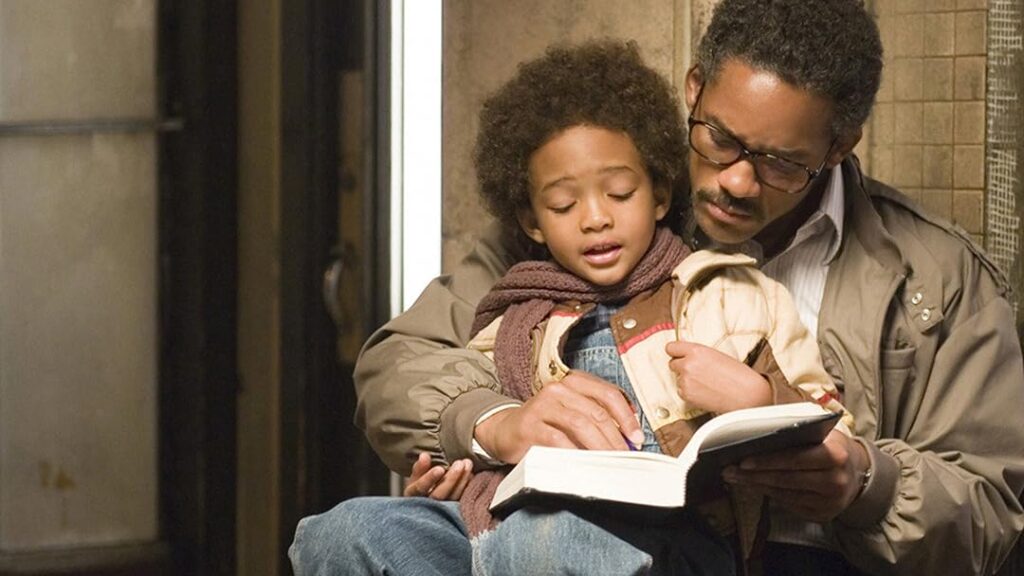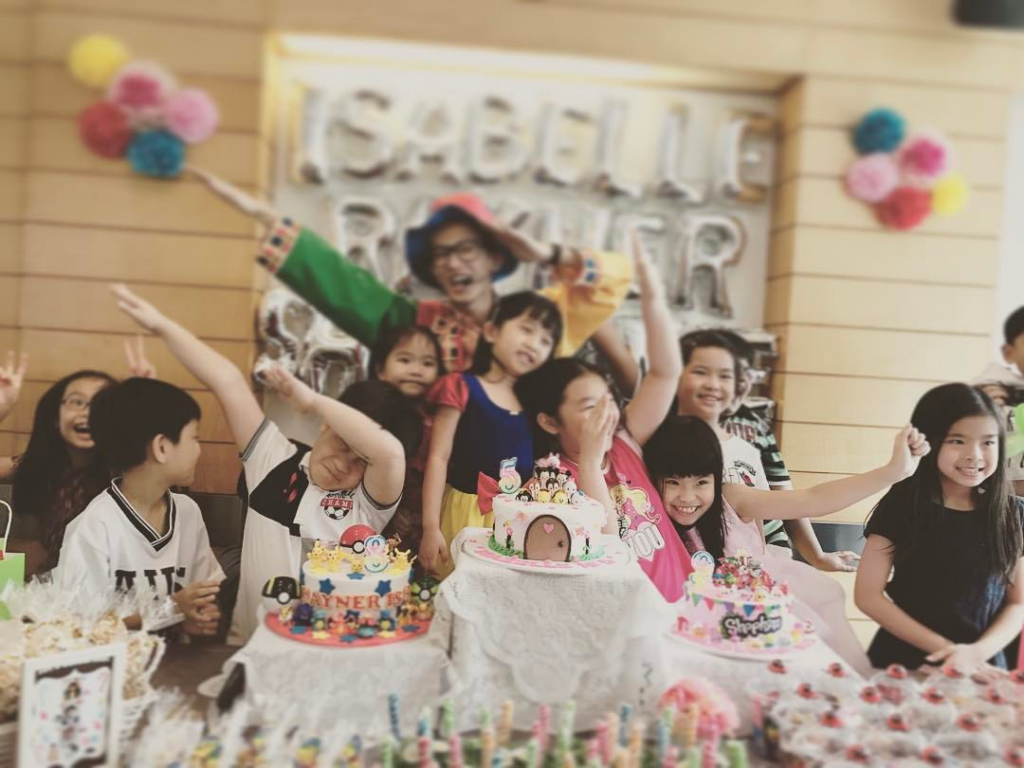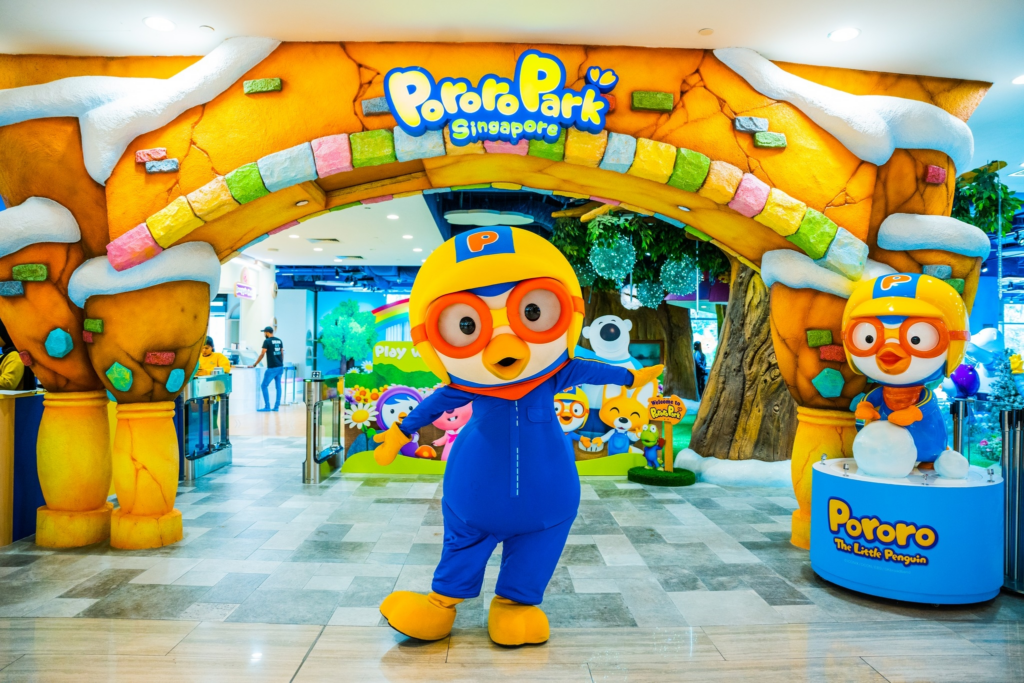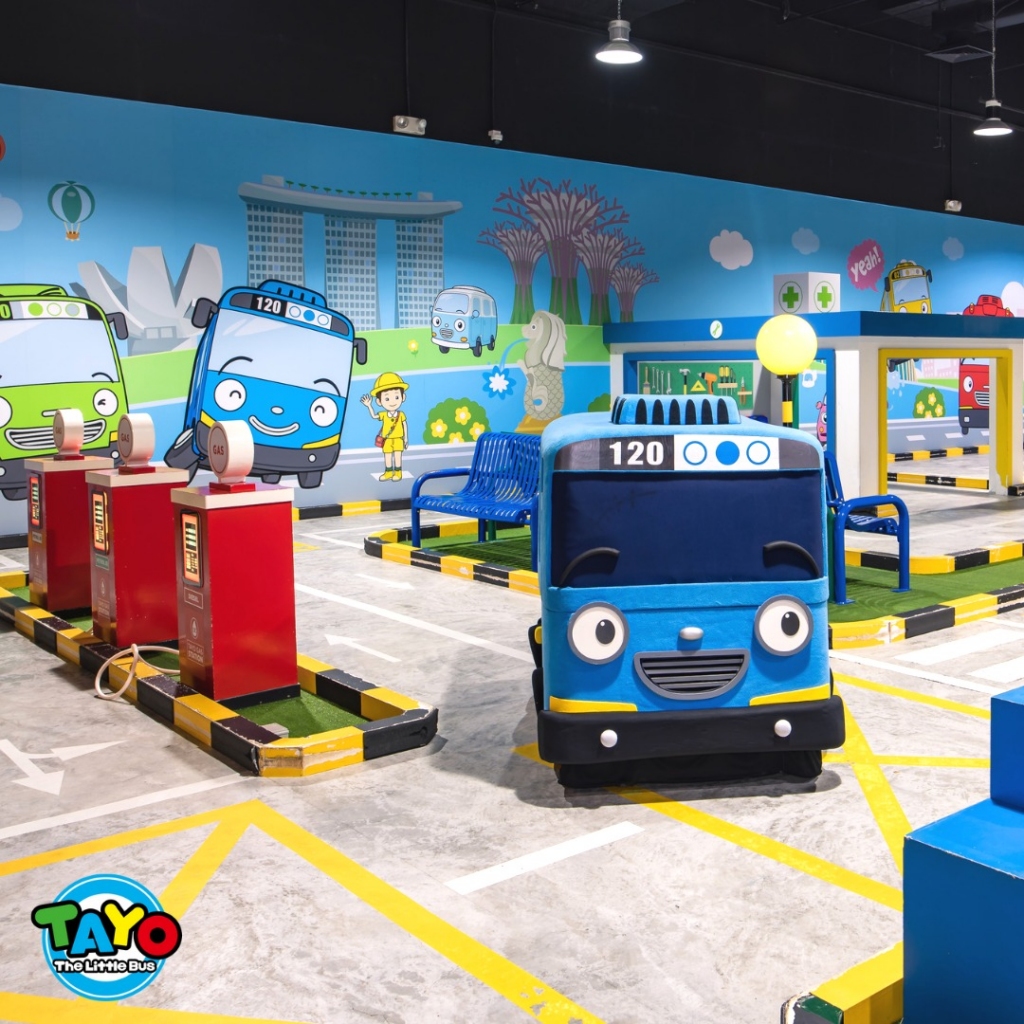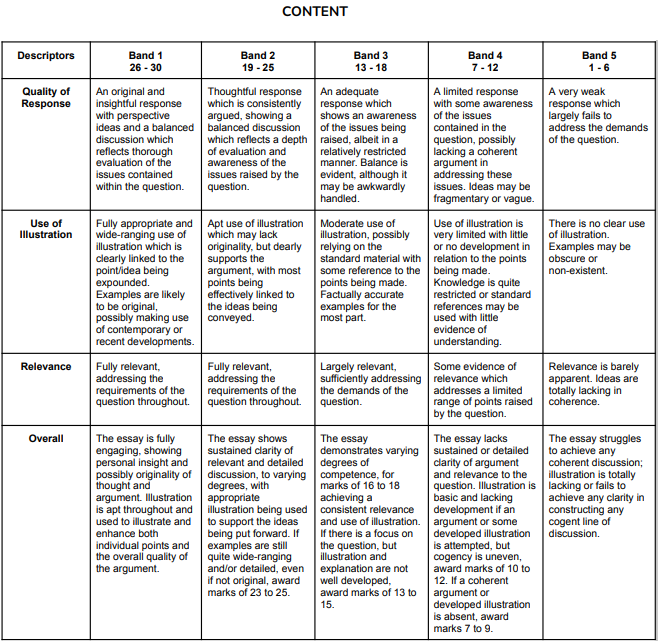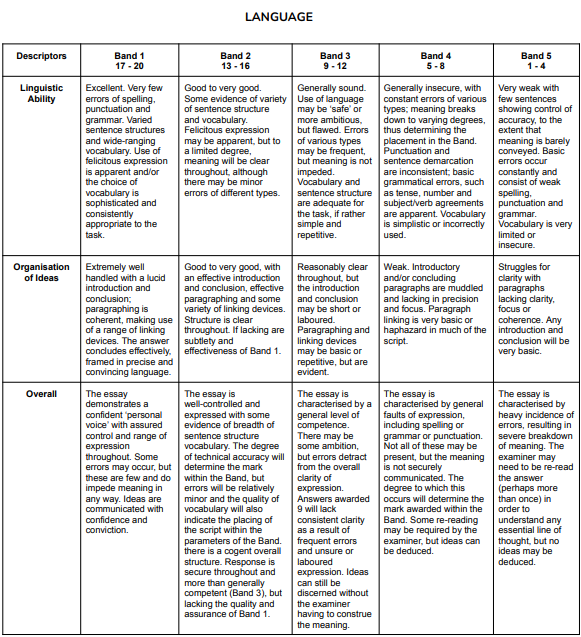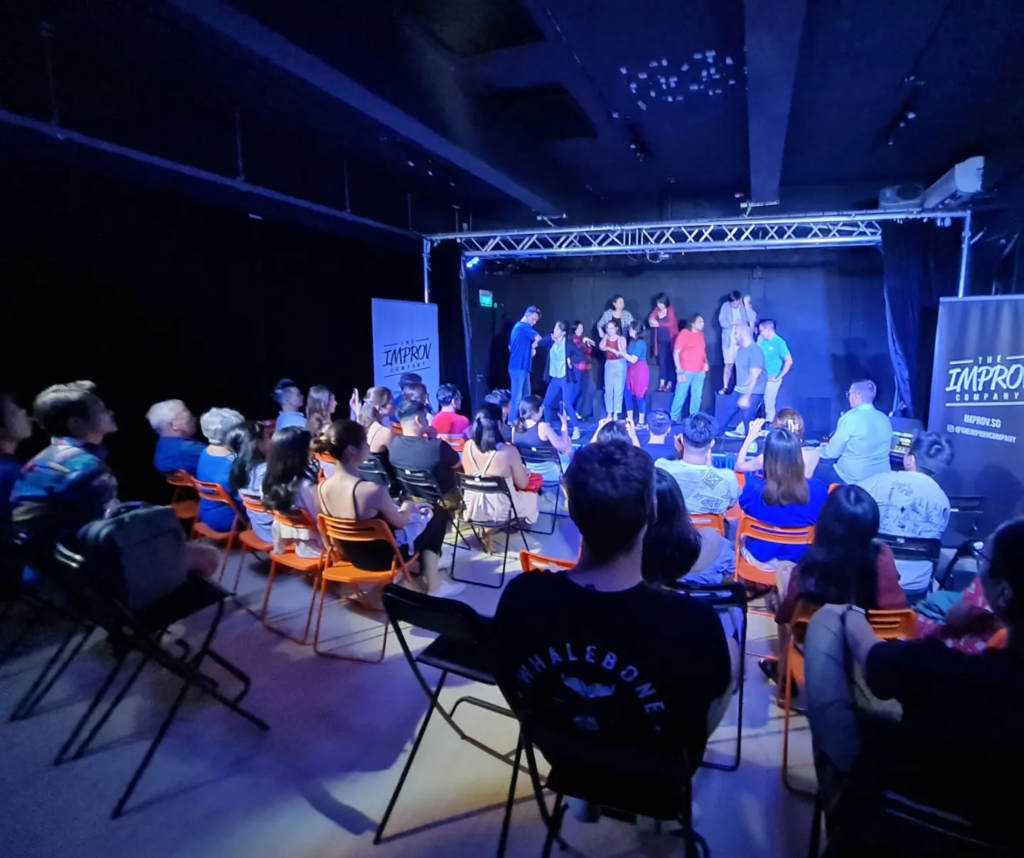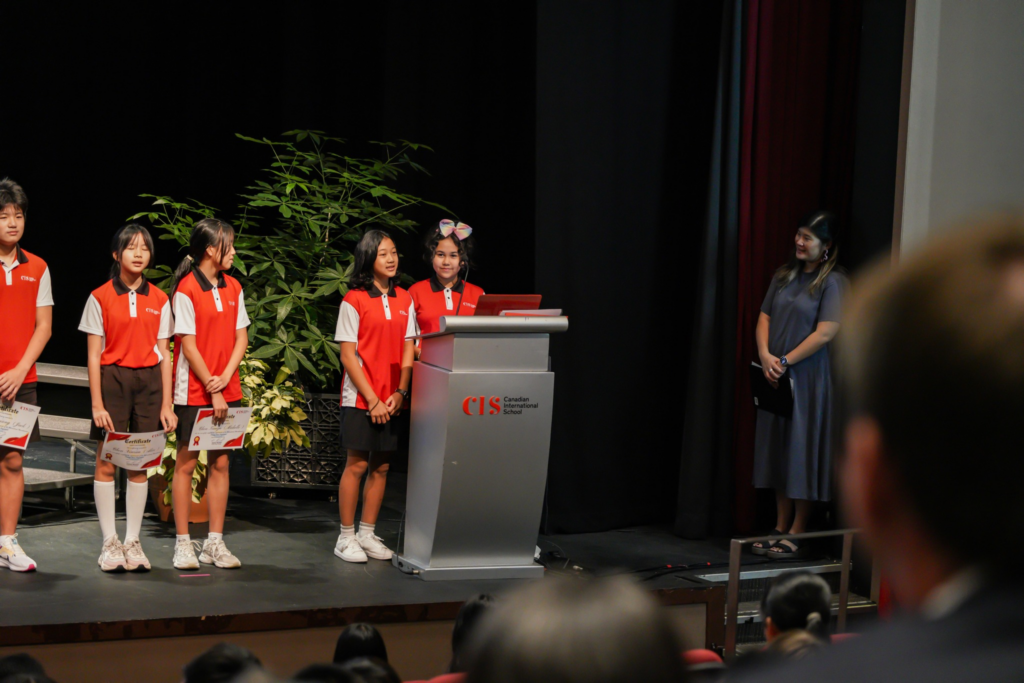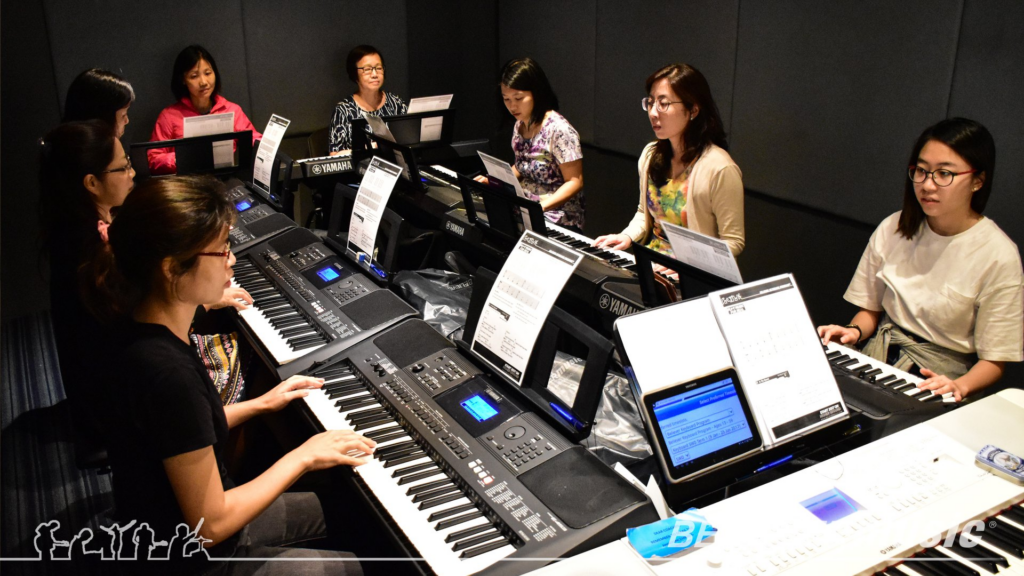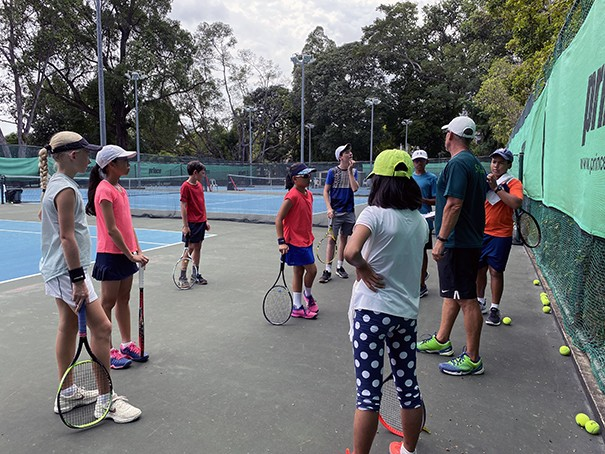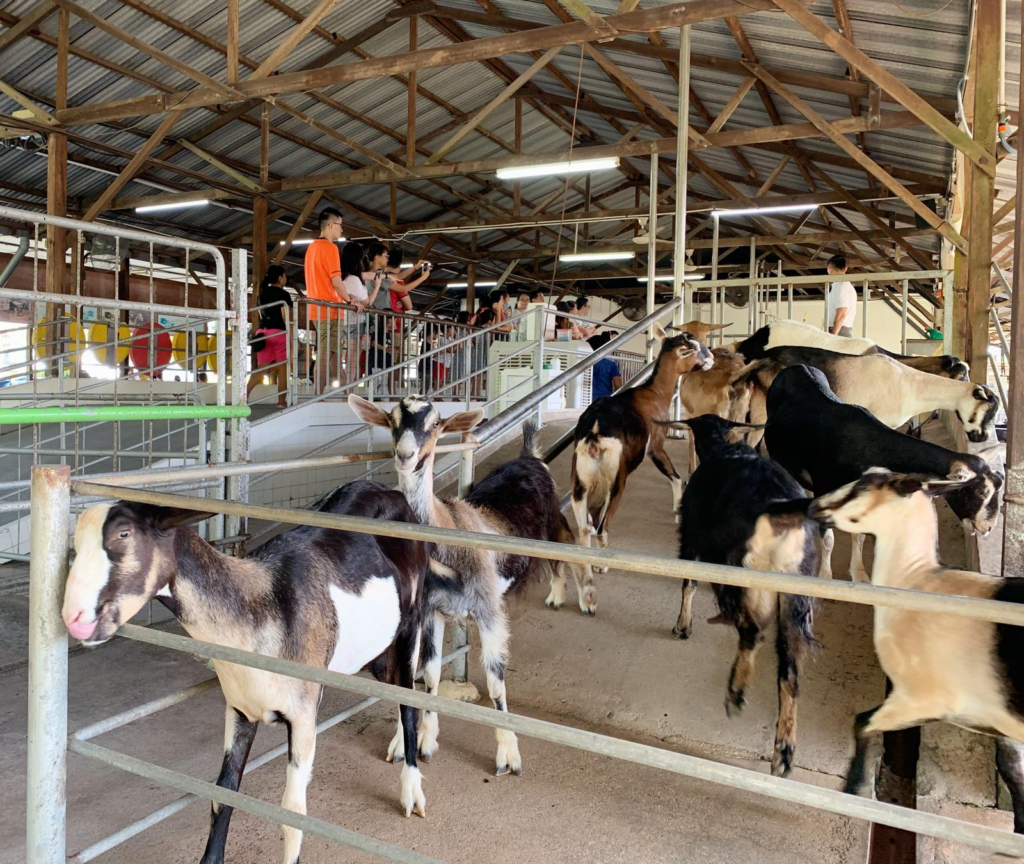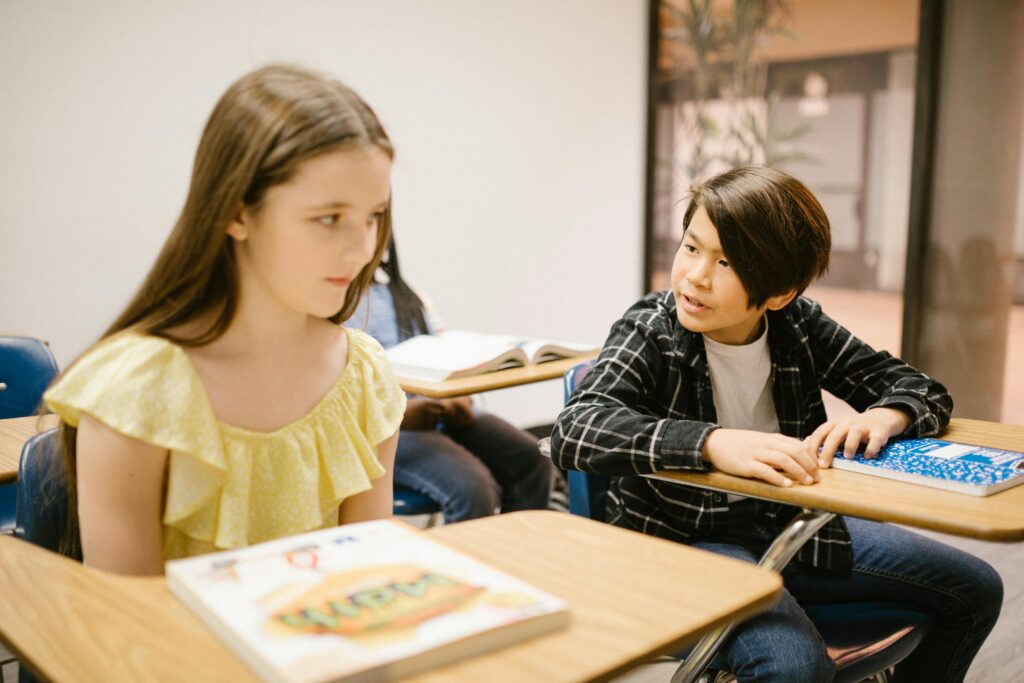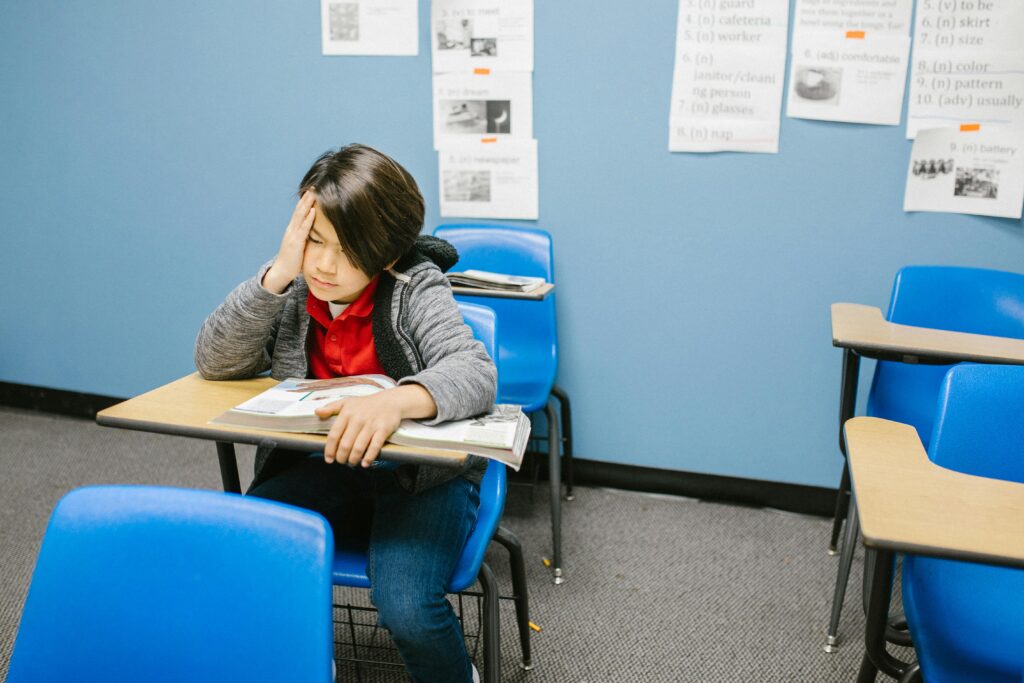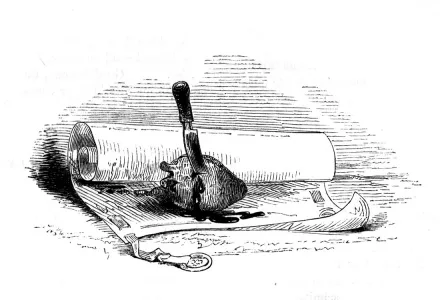"Teaching kids to own up to their mistakes is just as important as showing them how to fix them."

Life is full of valuable lessons, many of which come from making mistakes. For kids, understanding that their actions have consequences is a part of their development. When they make mistakes, they learn about responsibility and the effects of their choices. A parent’s role is to guide them through these experiences in a supportive and constructive way.
Teaching kids to own up to their mistakes goes hand in hand with teaching them how to fix them. It’s not enough for kids to simply acknowledge what went wrong; they also need to learn how to make amends and prevent the same mistakes in the future.
Open Discussion

Start by calmly talking with your child about the mistake they made. This helps them understand the situation and recognise where things went wrong. Taking the time to discuss what happened opens the door for learning.
It’s also important to explain why it was a mistake. Kids may not always see why their actions were wrong, so it’s crucial to help them understand the reasons behind the mistake. This helps them develop better judgement and decision-making skills for the future.
Discussing how their actions affected others is another key part of this process. Kids need to understand the impact of their behaviour on those around them. Whether their mistake caused someone to feel sad or created more work for someone else, recognising these effects helps them build empathy and social awareness.
To make the conversation more impactful, give examples of mistakes you’ve made and how you learned from them. You could talk about the time you also accidentally dropped someone’s favourite bowl or vase, breaking it and upsetting the other person, or the time that you were late to an appointment and caused others to be inconvenienced. Sharing your experiences makes the discussion more relatable and shows that everyone, including adults, makes mistakes.
Avoid Shaming

“You are disgusting Shannon! How could you do that?”
“Why are you so lazy! I can’t believe you are my child!”
Sound familiar? Shaming can be counterproductive and damage a child’s self-worth. When kids are shamed for their mistakes, they may start to feel like they are not good enough or that their worth is tied to their errors. This can lead to a negative self-image and decreased confidence, making it harder for them to take risks and try new things.
Shaming can make kids hesitant to admit their mistakes in the future. If they fear being shamed or ridiculed, they might hide their errors or lie about them to avoid embarrassment. This can hinder their learning process and prevent them from taking responsibility for their actions.
For example, instead of saying, “You’re so clumsy; you keep forgetting your stationery and losing it,” try, “It’s okay that you forgot. If I buy you new stationery, can you promise me that you’ll be more careful with them?.” This approach encourages kids to acknowledge their mistakes and learn to rectify them without feeling bad about themselves.
Instead of shaming, focus on their behaviour. It’s important to separate the mistake from the person. Emphasise that making a mistake doesn’t make them a bad person. This helps kids understand that everyone makes mistakes and that it’s a normal part of learning and growing.
Step Back Sometimes

While it’s tempting to step in and prevent children from making errors, allowing them to experience the consequences of their actions can be impactful.
For instance, if your child is late to school because they stayed up playing video games, resist the urge to write the school a note lying that your child was ill and explaining it away.. Let them go to school late and face the natural consequences. They might have to explain to their teacher why they are late. These experiences can teach them more effectively than any lecture.
When children face the outcomes of their actions, they start to understand the importance of making better choices. In this case, they might learn not to play video games late at night or to set an alarm to ensure they wake up on time. This helps them develop better habits and become more responsible.
By stepping back, you’re not abandoning your child or ignoring their struggles. Instead, you’re giving them the opportunity to learn important life skills, like time management and self-discipline.
Mentor Your Kids

When helping kids learn from their mistakes, it’s important to take on the role of a mentor. Kids may lie, deny, or argue when confronted with their mistakes, often blaming others or the situation instead of owning up to their actions. As a mentor, your goal is to guide them toward honesty and accountability.
If you catch your child in a lie, let them know that you value the truth, regardless of the circumstances. Emphasise that lying only worsens the situation. This approach encourages them to be honest and open about their mistakes.
Teach your kids to approach their mistakes with both gentleness and courage. They should learn to apologise and move forward without dwelling on guilt or denial. This mentoring approach also instils a sense of responsibility in your kids. If they don’t learn to handle simple issues like honesty and accountability, they may be more likely to repeat these behaviours, leading to more significant problems in the future.
Love Your Kids Unconditionally

It’s important to not expect your children to be perfect. Setting such high standards can create a life-long barrier, making them feel as though they can never measure up and discouraging them from trying new things or owning up to their mistakes.
Instead of focusing on their shortcomings, concentrate on finding solutions together. When a problem arises, work with your child to solve it rather than just pointing out what went wrong. This collaborative approach helps them understand that mistakes are opportunities for learning and growth, not just failures to be criticised.
Love your kids unconditionally, especially when they’ve made a mistake. They are likely already feeling bad about what happened, and your support can make a significant difference. Remember, your children need you to make them feel better, not worse. Offering unconditional support and guidance helps them build resilience and confidence. It reassures them that they are valued and loved, regardless of their mistakes.



